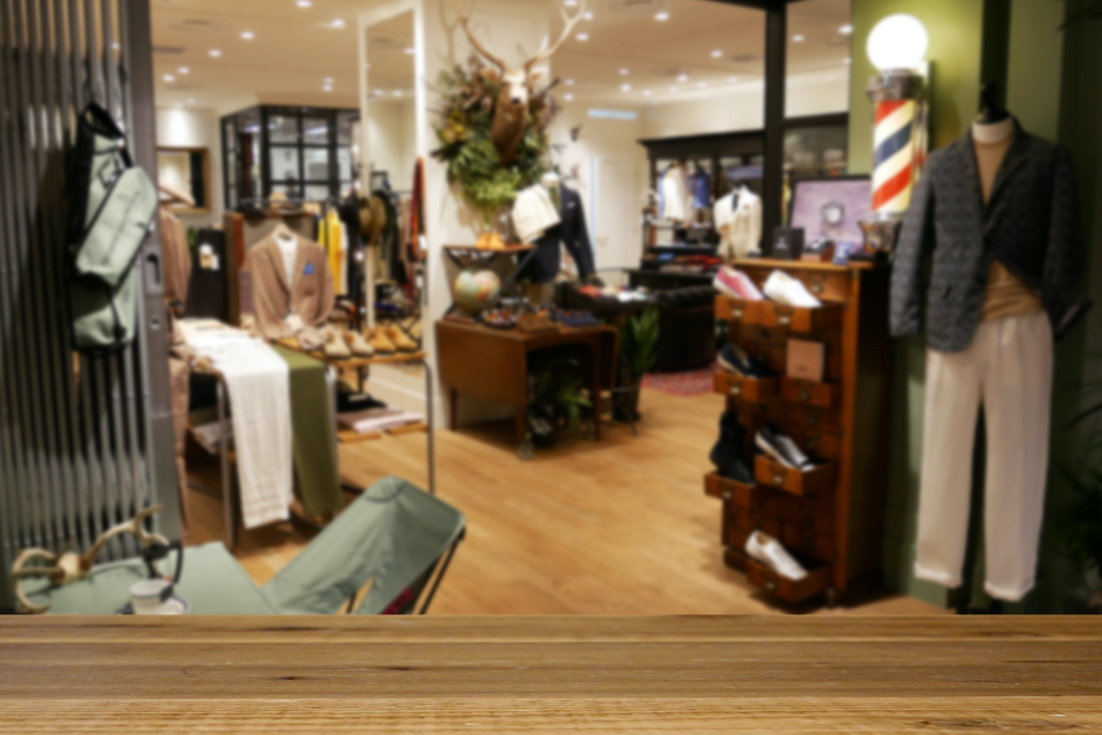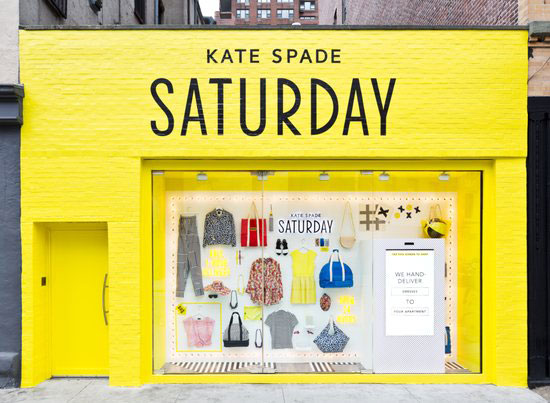Call Sales: +1 (833) 437-3835
Call Sales: +1 (833) 437-3835

First impressions are everything; and the visual look of your store plays an important role in your business's success. Merchandising affects businesses of all types – from retail shops to food halls, merchandising has a direct influence on your sales. Give your business a face-lift with these tips and tricks:
But first check out our article on store layout hacks and ensure that your floor plan is designed to maximize your space and highlight your products. Once your floor plan is in a good spot, it’s time to turn your attention to the visual merchandising of your products:
With digital signage, you can showcase your goods against changing images, video, or even market your latest discounts. More and more, larger brands are deploying creative marketing strategies to catch the eye of passers-by.

Merchandising is more than just a visual experience. To really lift the customer experience you need to engage all the senses, this includes, hearing, touch, smell, and taste.
Hearing - The volume and beat of your background music affects traffic and the pace of your store. Fast tempo music encourages shoppers to move through the shop quickly, so speed up your music during high-trafficked times or closing but if you want your customers to mill about – slow down the tempo.
Touch - The Retail Dive Consumer Survey, determined that the ability to touch and feel products ranks highest among the reasons consumers choose to shop in stores versus online. Optimize this experience by placing your products in arm reach, and encouraging your customers to touch and feel your products.
Smell - According to Ad Age, scent has the strongest impact when it comes to enhancing consumer behavior. And if you haven’t heard of the scent-marketing industry, now you have, and it’s responsible for a revenue of over $300 million. For example, Cinnabon specifically chooses locations that are designed to trap in the smell of their freshly baked cinnamon rolls.
If you are a grocer you want to be selling your perishables quickly, so place them at eye-level height to your customers. Same goes for retail products, for higher-profit margin products that you want to sell the most of place conveniently at eye level.
The placement of your products can influence shoppers walking patterns, encourage them to fill up their carts and buy more. For instance, if your store sells essentials like milk and eggs at a grocery store, they should be placed in the back of the store. This encourages shoppers to pass rows of other products to get to the essentials and encourage them to fill their baskets on their way to the back of the store.
Create a dynamic experience by displaying your products at varied heights. You can use hierarchical merchandising to draw the customer’s eye to to higher margin products and experiment with contrasting heights to capture engagement.
Stores are all about the curated customer experience. And this applies to how your products are displayed. If you’re a retail store you can use bundled merchandizing to tell a story and upsell your customers – why just sell a shirt when you can sell an outfit. For example, the athletic clothing store, Outdoor Voices, not only boasts a tearoom and a waterfall at their SF location, but they carefully curate the customer experience with strategic and dynamic product displays. By pairing colors and accessories together juxtaposed with lifestyle imagery of the clothes in use – this serves as a great way to sell the customer first on the story, then on the outfit.
Make your first impression a lasting impression with carefully thought out product displays. By tapping into customer behavior and psychology, you can understand the why behind merchandising and implement an effective strategy that boosts your bottom line.